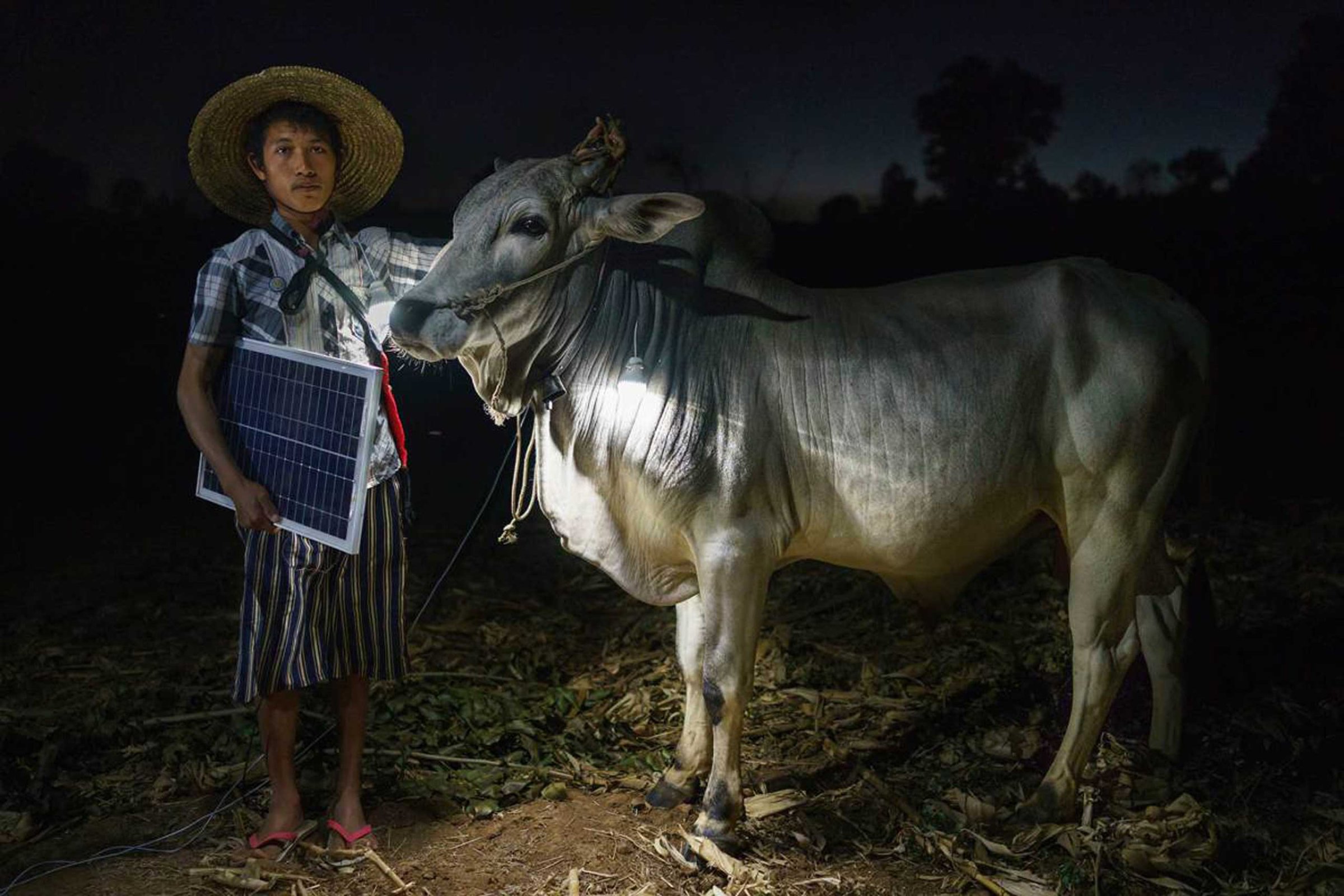
Ko Win Zaw Oo is a 38-year-old fisherman living in a small village called Lui Pan Sone in eastern Burma. Early each morning, the father of two boards his small boat to go fishing. His daily catch, as well as his second day job, help sustain his family.
Earlier this year, however, his life changed when he received a solar panel from the United Nations’ Habitat program. “With [electric light powered by] the solar panel, this fisherman can now prepare his boat one hour earlier every day,” says Spanish photographer Ruben Salgado Escudero. “This allows him to be more productive, catch more fish, and then go on to his other job.”
In a country where only a quarter of the population has access to electricity, these solar panels offer a connection—both literal and figurative—to a better life.
“I was working for the Habitat program, documenting their infrastructure projects across rural Burma, when I started noticing these solar panels,” Salgado Escudero says. “For a lot of families, this is the first time they’ve ever had access to electricity, and I wanted to know how their lives had been impacted.”
To illuminate his nighttime portraits, the 35-year-old photographer used the very same tool that has transformed his subjects’ lives. “It’s a simple system with five LED bulbs attached,” he says. “Twelve hours of charging provides twelve hours of reliable light. And, unlike candles, the bulbs are very safe since they don’t heat up.”
Each solar panel costs around $75, which, for NGOs, is a relatively cheap way to bring power to remote areas of Burma that won’t be connected to the country’s electrical grid for years, if not decades.
“The point for me is to raise awareness about the lack of access, but also to influence and motivate organizations to look into solar power as an alternative to help countries such as Burma,” Salgado Escudero says. “It’s a very fast and quite affordable solution to a huge problem.”
Ruben Salgado Escudero is a Spanish photographer based in Burma. Follow him on Instagram @rubensalgadoescudero.
Olivier Laurent is the editor of TIME LightBox. Follow him on Twitter and Instagram @olivierclaurent
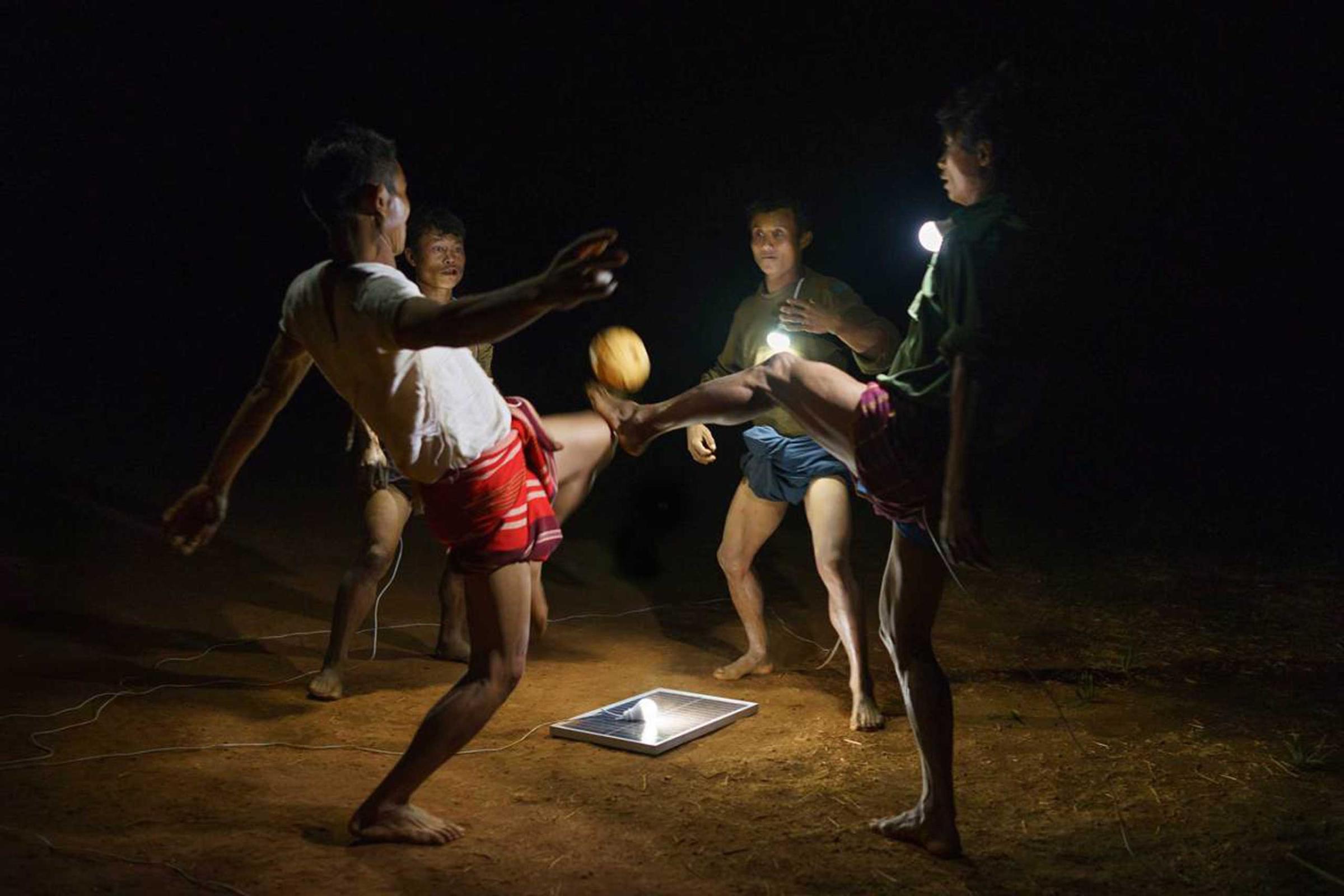

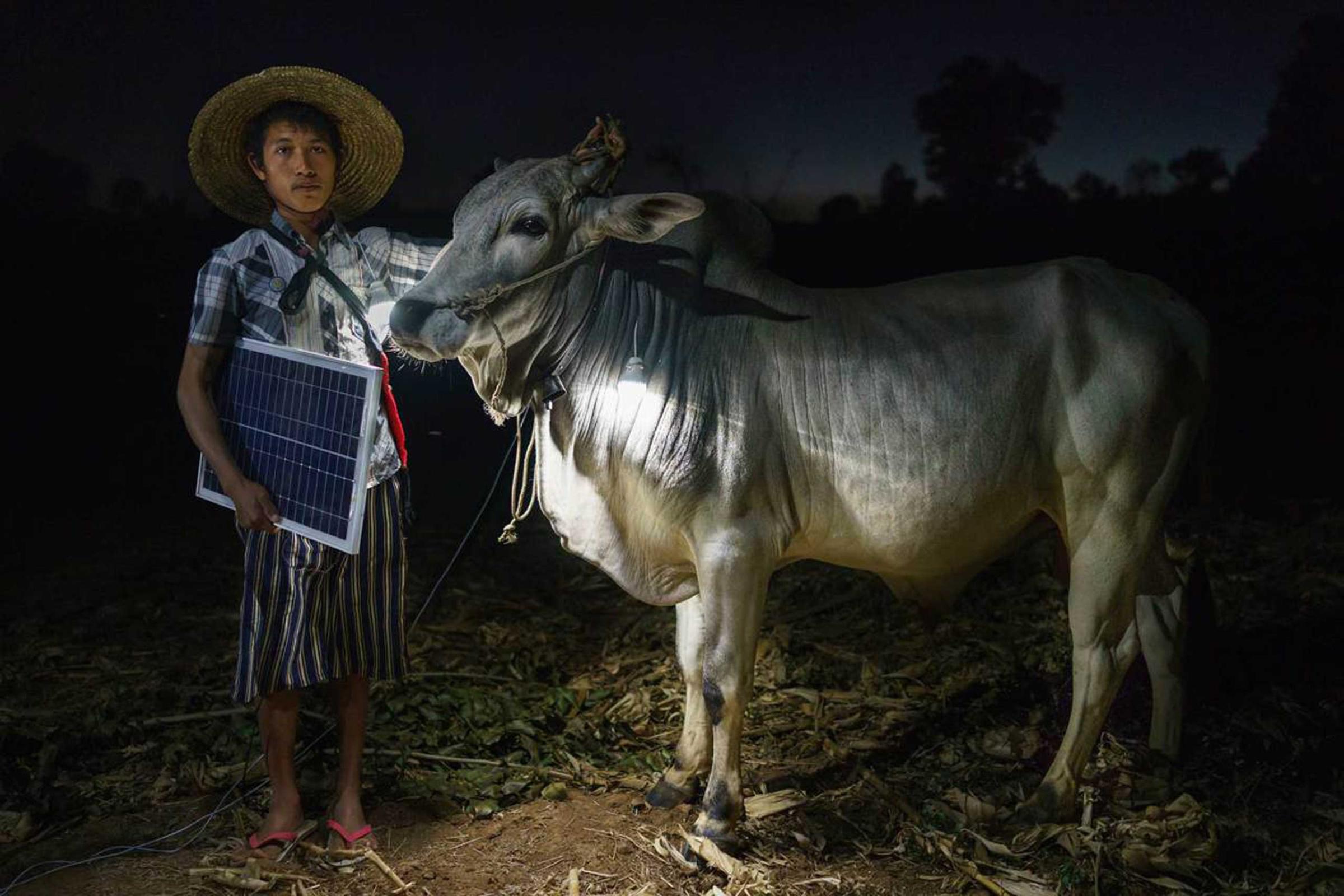
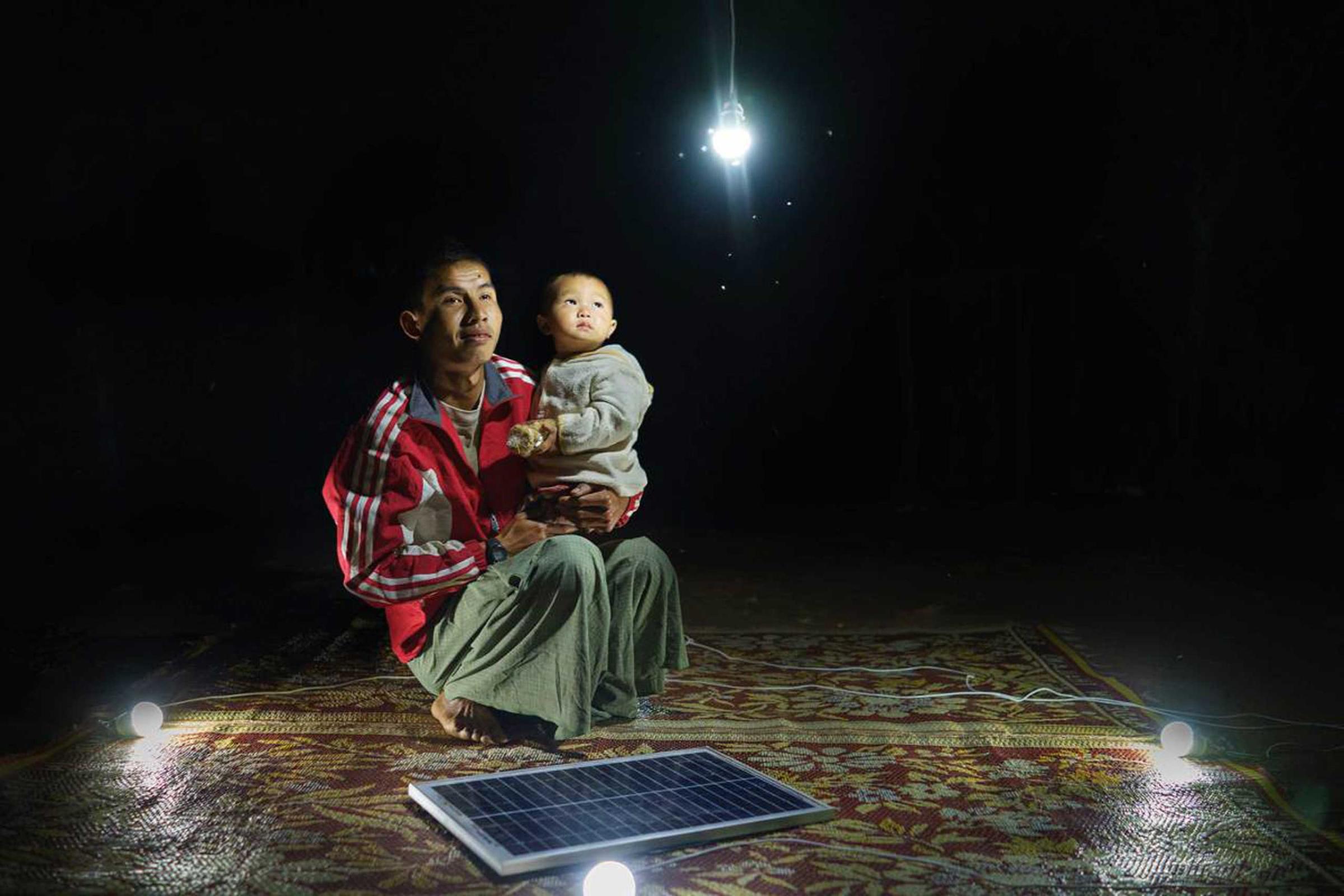
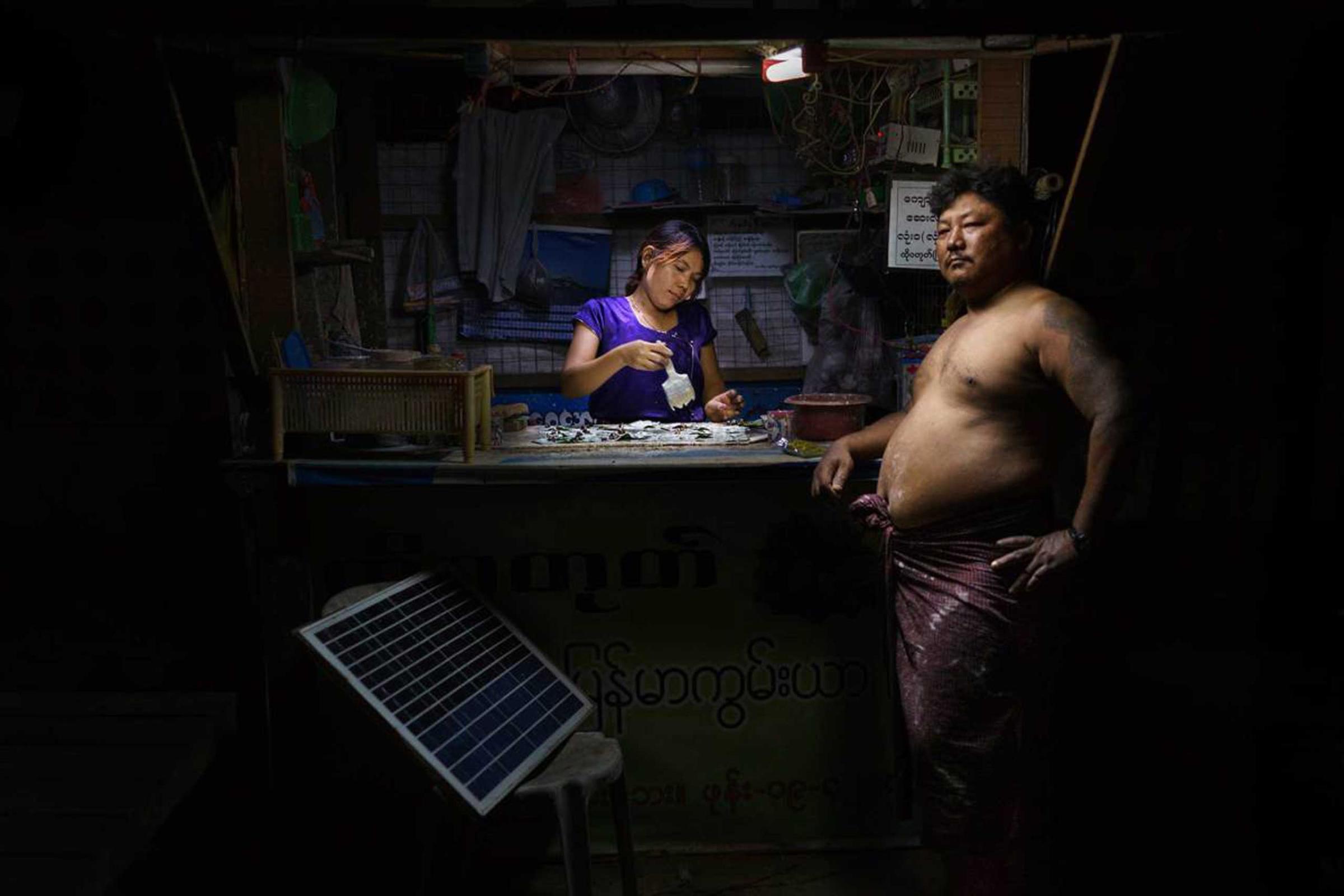
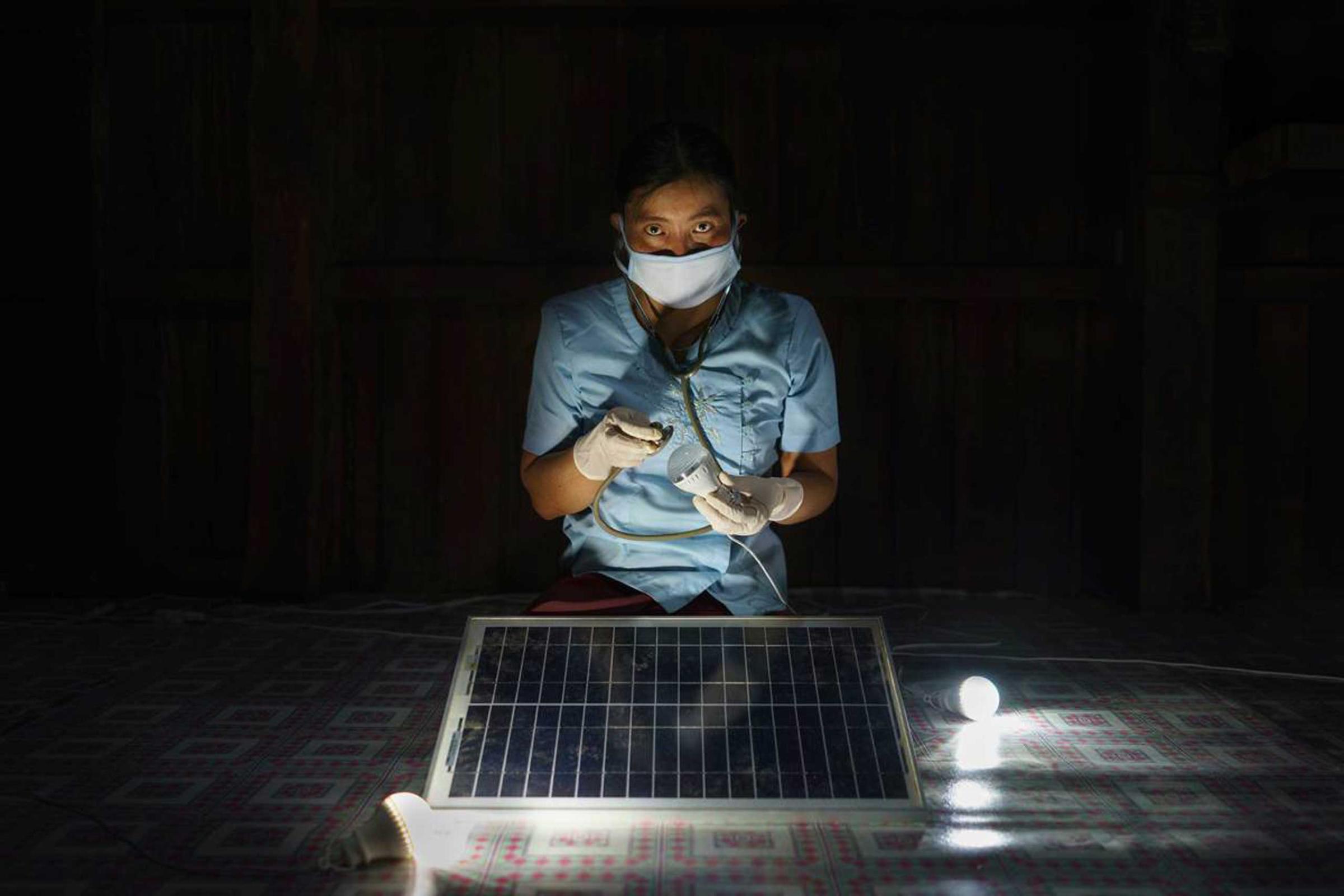
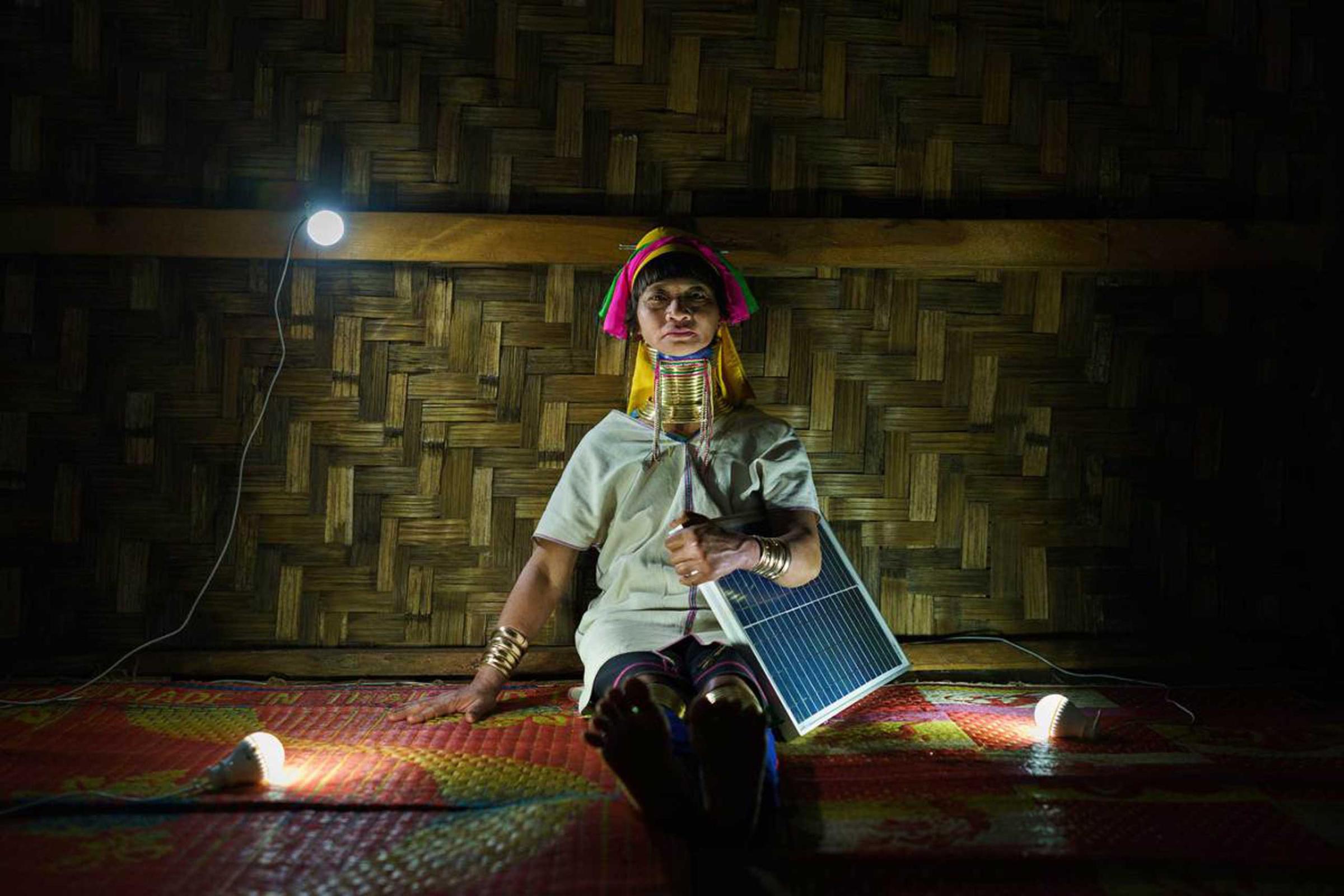

More Must-Reads From TIME
- The 100 Most Influential People of 2024
- The Revolution of Yulia Navalnaya
- 6 Compliments That Land Every Time
- What's the Deal With the Bitcoin Halving?
- If You're Dating Right Now , You're Brave: Column
- The AI That Could Heal a Divided Internet
- Fallout Is a Brilliant Model for the Future of Video Game Adaptations
- Want Weekly Recs on What to Watch, Read, and More? Sign Up for Worth Your Time
Contact us at letters@time.com